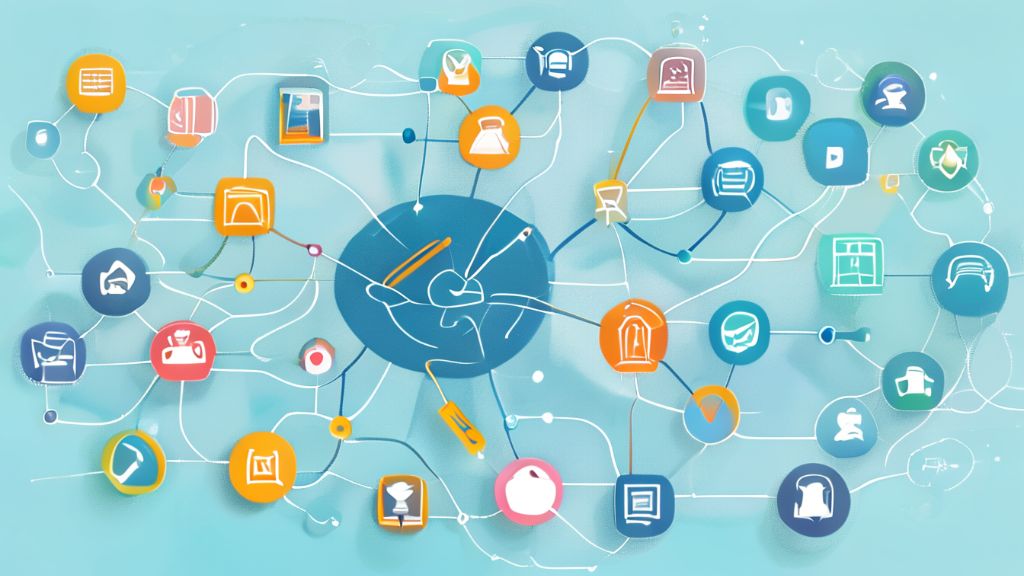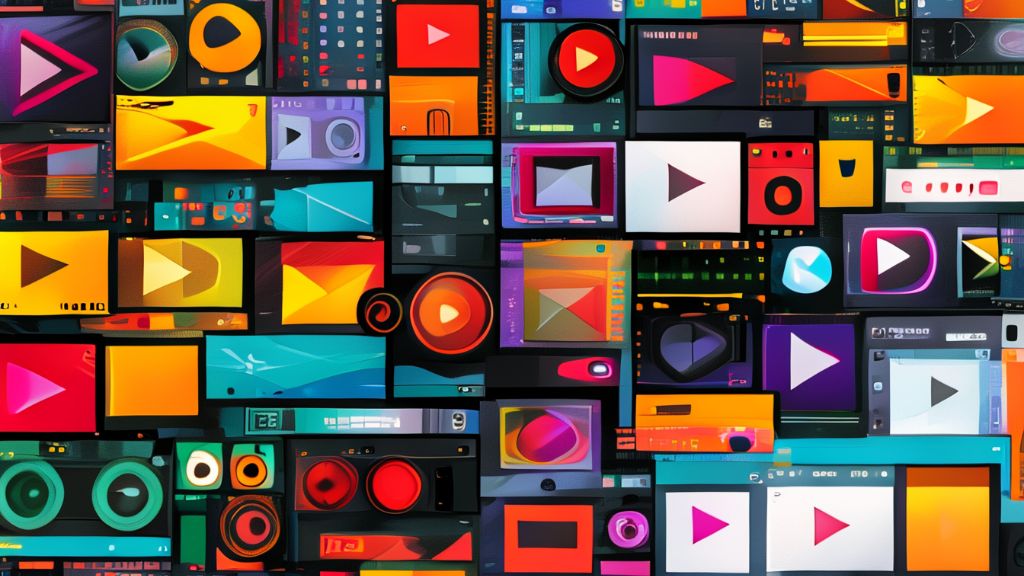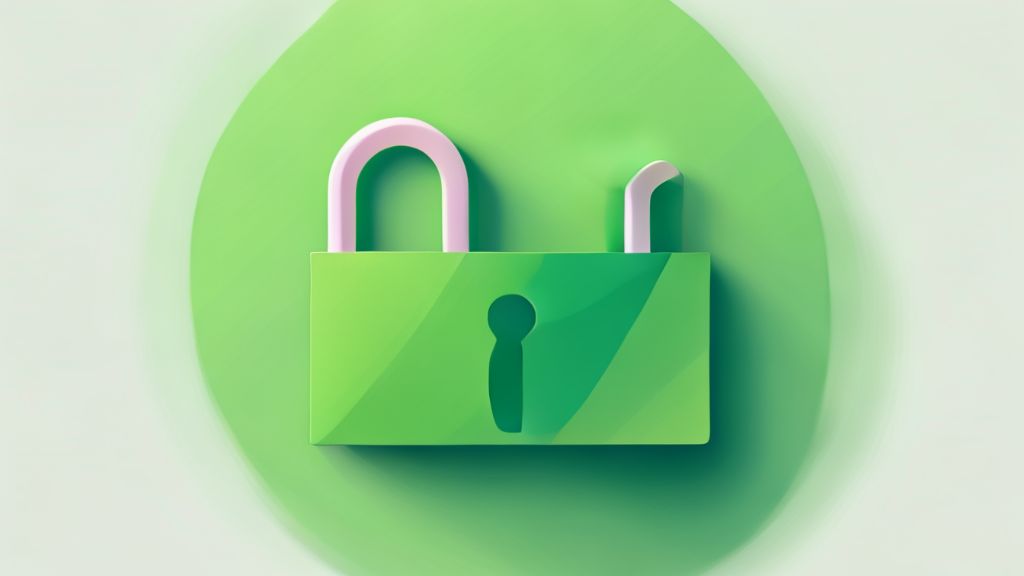Unlocking the Power of Personal Connection in Communication: Why “You” Matters
“`html
What is personal connection in communication?
Personal Connection In Communication are a great way to improve your skills online. The characteristics of personal connection in communication is helpful.
Unlocking the Power of Personal Connection in Communication: Why “You” Matters
Through personal connection in communication is helpful.
1. Why Does Personal Connection Matter So Much?

Main features of personal connection in communication
Personal connection in communication is truly fascinating. When we use “you,” it’s like reaching out directly, tapping someone on the shoulder and saying, “Hey, this is for you!” This shift transforms the dynamic from a general broadcast to a personal conversation, making the content feel incredibly relevant. From my experience, people are far more likely to pay attention and engage when they feel the message is specifically tailored for them. It’s not just about addressing someone; it’s about acknowledging their presence and importance.
What is important in personal connection in communication is helpful.
In a world overflowing with information, getting someone’s attention is half the battle. By simply saying “you,” you cut through the noise and create an instant, intimate connection. This subtle linguistic choice transforms the reader from a passive observer into an active participant. Instead of thinking, “This is interesting information,” they start thinking, “How does this apply to me?” This immediate sense of relevance is incredibly powerful.
The core of personal connection in communication is helpful.
Even when writing for a large audience, using “you” can evoke that one-on-one feeling. It makes the content less like a lecture and more like a friendly chat over coffee. This personal touch fosters a sense of inclusivity, making your audience feel seen and valued, which is the cornerstone of effective communication.
For effective use of personal connection in communication is helpful.
2. How Does Personal Language Build Bridges, Not Walls?
Have you ever noticed how much more engaged you feel when someone speaks directly to you, rather than talking over your head or around a topic? That’s the magic of personal language. It dives deep into our psychology, tapping into our fundamental need to feel understood and acknowledged. When you address someone with “you,” it’s an unspoken message that says, “I see you, I hear you, and I’m talking to your experience.” This fosters a sense of psychological safety, breaking down the invisible walls that often exist between a speaker/writer and their audience.
Studies in neuroscience suggest that when we are directly addressed, our brains show increased activity in areas associated with self-referential processing. Essentially, our minds perk up and pay closer attention because the information is flagged as pertinent to our own identity and situation. It’s why a personalized email feels different from a mass newsletter, even if the content is similar. It builds trust, making the recipient more receptive to your message.
When you feel like someone genuinely understands your perspective, you’re far more likely to listen and reciprocate that understanding. This connection is the foundation of building bridges, whether it’s in a business relationship, a teaching environment, or simply a casual conversation. Personal language moves beyond mere information transfer; it’s about creating a shared space of understanding and empathy.
3. Can a Simple Word Really Change Everything?

You might wonder if such a small word could really have a tangible impact, but the data speaks volumes. In marketing, for example, personalized calls to action using “you” (e.g., “Get your free trial today!”) consistently outperform generic ones. A study by HubSpot found that personalized calls to action convert 202% better than non-personalized ones, demonstrating the power of direct address in driving action. It’s not just a feeling; it’s measurable success.
Consider the world of education. When teachers frame their lessons with phrases like, “What does this mean for your future?” or “How can you apply this concept?”, student engagement and comprehension often skyrocket. This approach makes abstract concepts concrete and relatable, directly linking the learning material to the student’s personal world. Students become much more curious and motivated when they can see the direct relevance to their own lives.
Even in everyday interactions, using “you” effectively can deepen relationships. Instead of saying, “People often struggle with this,” try “You might find yourself struggling with this, and that’s okay.” This slight rephrasing acknowledges the listener’s potential experience, making them feel understood and less alone. It’s a subtle shift, but one that fosters empathy and strengthens the human connection, proving that a single word really can change the whole dynamic.
4. What Happens When We Forget the “You”?
On the flip side, what happens when we shy away from using that personal touch? You know that feeling when you’re reading something, or listening to someone, and it just feels… generic? That’s often a symptom of impersonal language. When communication is filled with “we,” “they,” or abstract nouns, it creates distance. The message becomes less about the individual and more about an anonymous group, making it easy for the reader to disengage. It’s like talking into a void, hoping someone out there hears you, but not really connecting with anyone in particular.
The pitfalls of impersonal language are numerous. For one, it can make your content feel dry and uninspired. When you don’t directly involve the reader, they tend to remain passive, absorbing information without truly internalizing it or feeling motivated to act. It’s a missed opportunity to build rapport and demonstrate empathy. Think of a customer service interaction where the agent speaks only in terms of policies rather than addressing your specific concern – it feels cold and unhelpful, doesn’t it?
Moreover, a lack of “you” can lead to a perception of aloofness or even arrogance. It can unintentionally suggest that the speaker or writer is more interested in their own perspective than in genuinely connecting with the audience. This can erode trust and make your message less persuasive, ultimately reducing its impact. In a world craving authentic connection, forgetting the “you” means missing out on the very heart of meaningful communication.
5. So, How Can We Master the Art of “You”?

So, how do we master the art of weaving “you” into our communication naturally? It starts with intentionality. Before you write or speak, take a moment to genuinely think about the person or people you’re addressing. What are their needs, their concerns, their aspirations? When you approach communication with your audience firmly in mind, using “you” becomes less of a grammatical rule and more of a genuine expression of consideration. It helps to envision a single person you’re speaking to, even if your audience is vast.
A great tip I’ve learned is to read your content aloud and imagine you’re explaining it to a friend. Does it sound conversational? Does it feel like you’re talking to them, or at them? If it feels forced or repetitive, try varying your sentence structure or finding synonyms for “you” if absolutely necessary, but always prioritize that direct connection. Remember, the goal isn’t just to insert the word “you,” but to cultivate a consistently friendly, inviting, and empathetic tone throughout.
Finally, practice makes perfect. Start by consciously incorporating “you” into your everyday emails, social media posts, and even casual conversations. You’ll quickly notice how much more engaging your interactions become. The art of “you” isn’t about manipulation; it’s about creating authentic, meaningful connections that resonate deeply with your audience. It’s about making every message feel like it was crafted just for them, because in a way, it is.
“`
Related information: View more personal connection in communication related content
Reference: Google SEO Starter Guide
personal connection in communication Frequently Asked Questions
How is personal connection in communication used?
personal connection in communication can be utilized in various ways and can be effectively used through proper understanding and practice.





